Previously, we looked at how reading Naver Webtoons is a fun yet enriching way to study and learn Korean, particularly for intermediate to advanced learners. The content of Naver blogs is pretty close to Naver Webtoons in the sense that both are usually written in a conversation style.Therefore, it’s great for learners who are trying to target their conversational skills! But be warned, blogs are
Therefore, it’s great for learners who are trying to target their conversational skills! But be warned, blogs are way more difficult as compared to webtoons, just because of the lack of storyline and new vocabularies you’ll come across. Unless, of course, you’re reading a short story blog. But I would only recommend this to advanced learners, though. Intermediate learners can definitely still try it out for the challenge. So, how is reading Naver blogs any good?
Useful phrases, vocabularies and sentences for your interest
First of all, Naver blogs are more suitable for people like me – I don’t really enjoy reading news articles. I prefer reading opinions and people’s experiences. From reading blogs, you’ll come across many useful phrases bloggers use these days, vocabularies you wouldn’t otherwise learn and how to form sentences to describe your interests.
Korean bloggers who share the same interests as you would be the best people to learn from if you want to know more about expressing your interests to other Koreans. Which brings us to the next point.
Helps in interactions with Koreans
I’m personally reading travel blogs. I specifically chose travel blogs because I love travelling and vocabularies related to travelling and leisure are more useful in daily life situations. There are many different categories that you can choose from. My only advice is to read something you’re interested in because I imagine you would want to interact with other Koreans who have the same interests as you.Think of this as reading for your
Think of this as reading for your own enrichment too – kill two birds with one stone! And you will realise that it’s easier to get closer to Koreans who share the same interests as you. It’d be easier for you to ask for help with some Korean learning too.
Learn and understand the Korean perspective
Furthermore, by reading Naver blogs, you’re essentially understanding your interests in the perspective of Koreans. Especially if you belong to a very different culture, for example, a western culture, your understanding of travelling might be very different from that of a native Korean.Likewise for any other topics or interests, be it politics, food culture, greeting, social situations, and the list just goes on and on. It is one thing to learn about these from textbooks and a whole different thing to learn from bloggers. Also, if you’re wondering how do you discover the top blogs of each category, we’ll look at that in the next section!
Likewise for any other topics or interests, be it politics, food culture, greeting, social situations, and the list just goes on and on. It is one thing to learn about these from textbooks and a whole different thing to learn from bloggers. Also, if you’re wondering how do you discover the top blogs of each category, we’ll look at that in the next section!
How are Naver blogs different from Naver webtoons?
Webtoons are a good source of trending slangs, phrases and Internet lingo (or Korean memes). You can learn that too from Naver blogs, though, and most of the time bloggers use them in a more relatable and applicable daily life context. This is probably the main aspect I would consider how Naver blogs are more appealing to me.
I still spend more time on webtoons, though, just because of the story :p. But if you’re into much more thematic reading experiences, you would prefer Naver blogs! Webtoons usually need a longer time commitment, just because it’s a series. Just think of webtoons as a TV series or Korean drama and Naver blogs as a news site, a source that constantly produces new content but still under a specific theme.
Also, Naver blogs would appeal to learners who prefer to read about real people experiences instead of the stories of fictional characters. The key is still to choose what appeals to you most. Remember: the best way to learn Korean is to treat it as part of your life and not think of it as a disconnected interest from your actual life. You might have heard it from elsewhere but you have to immerse yourself in the language to get good at it, and this applies to any language.
What kind of blogs should I read?
So, you’re interested in starting to read Naver blogs but you’ll be wondering… Where do I start? How do I find the top/most popular blogs of the category I’m interested in? Can I follow these blogs? Let me answer these questions and explain in more detail.
1. Sign up for a Naver account
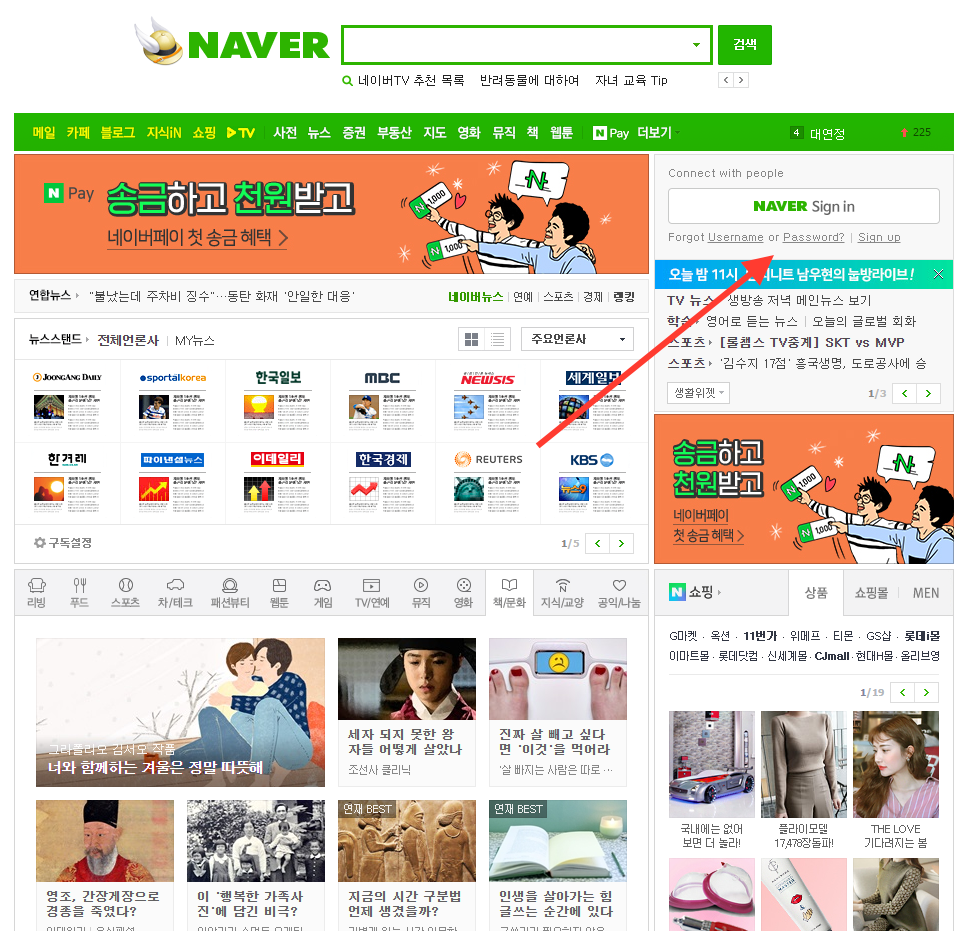
Go to http://www.naver.com/ and click on the sign-up button.
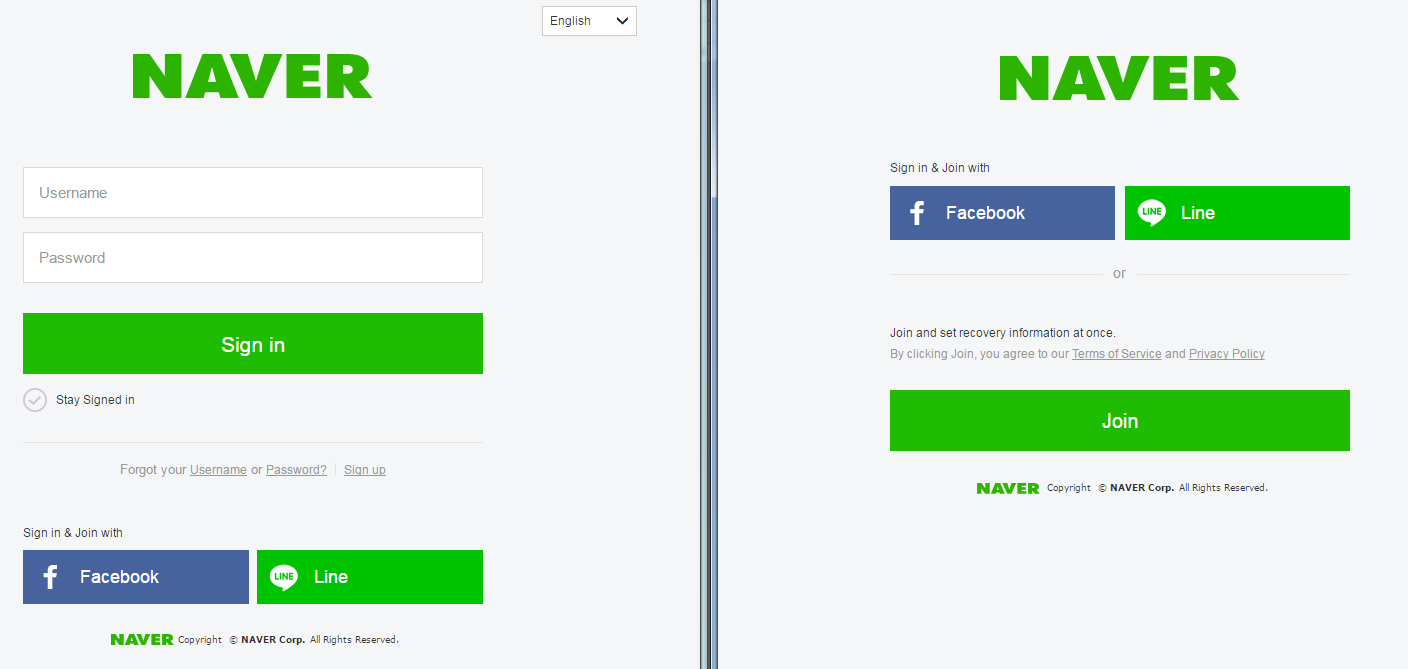
You can either choose to sign up with your Facebook/Line account or create a new one. I personally created a new one: vancew90@naver.com. Don’t worry, if you signed up with your Facebook/Line account, they’ll still make sure you create your own Naver profile, which will result in you in creating a Naver email. And as you can see, the whole process can be done in English if you’d like. Challenge yourself, though, do the registration process in Korean!
2. Look for the top/most popular blogs of your desired category
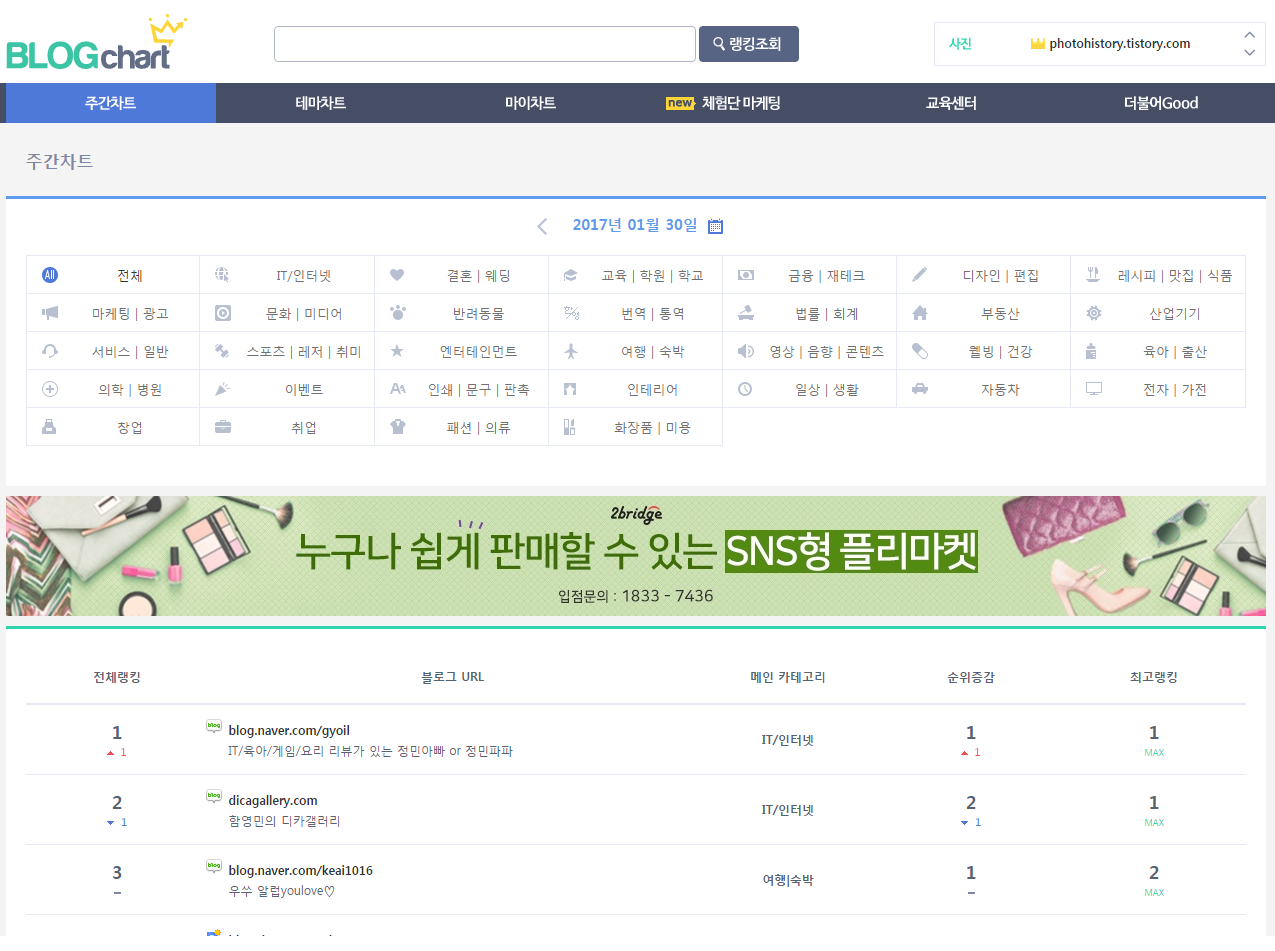
Click on this link to go to the blog charts main ranking page. Click on your desired category to see the top blogs! It’s really as simple as that. You’ll realise that the rankings are categorised according to weeks. I personally love this system because it gives prominence to bloggers based on their activeness and effort to push out content. Weekly rankings also mean that it takes a lot for bloggers to occupy top spots for a long time. It keeps bloggers motivated and driven to constantly be the best they can be. This is good for readers too, we are ensured that they are indeed giving value.
3. Follow/subscribe to the blogs you like
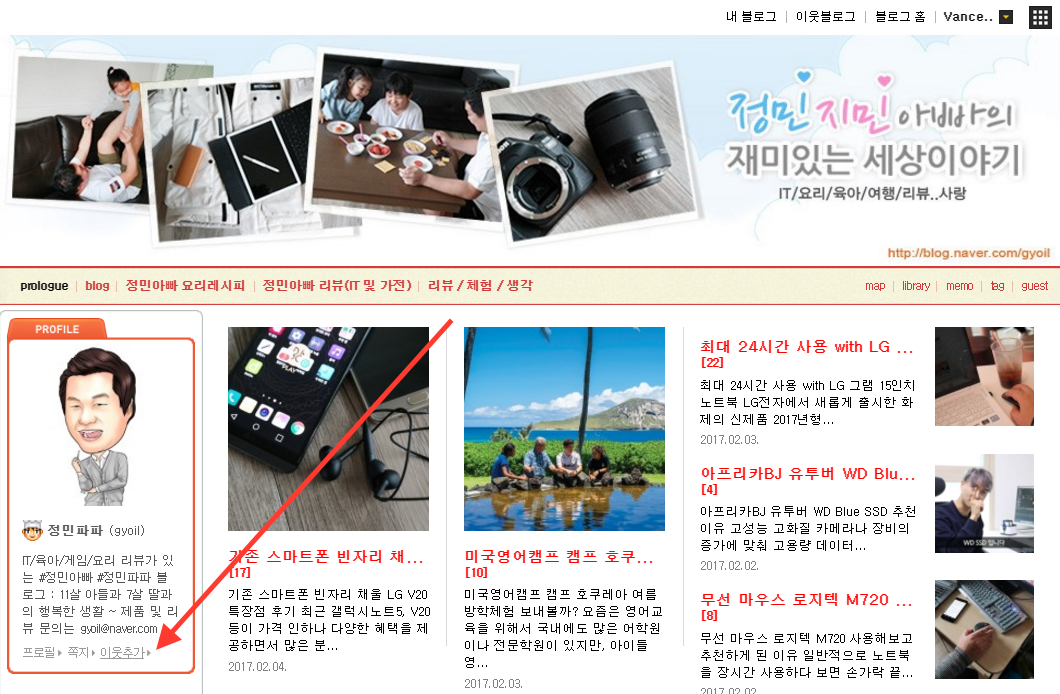
Here’s how it looks like on the app:

Now for the most important step: follow/subscribe! Look for the button that reads 이웃추가, which literally means “add to neighbourhood”. The choice of words for following/subscribing to these Naver blogs is really interesting! Anyway, click that button and you’ll see this pop-up:
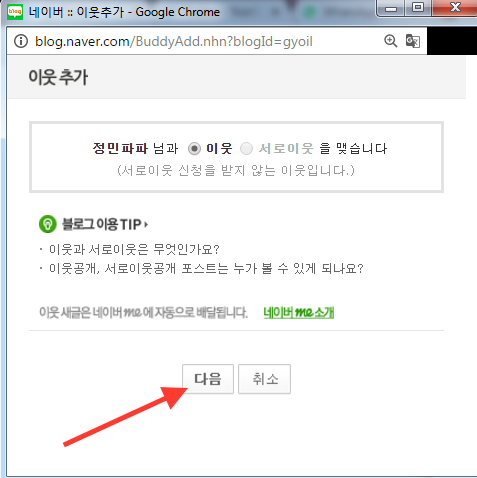
Mobile version looks like this:
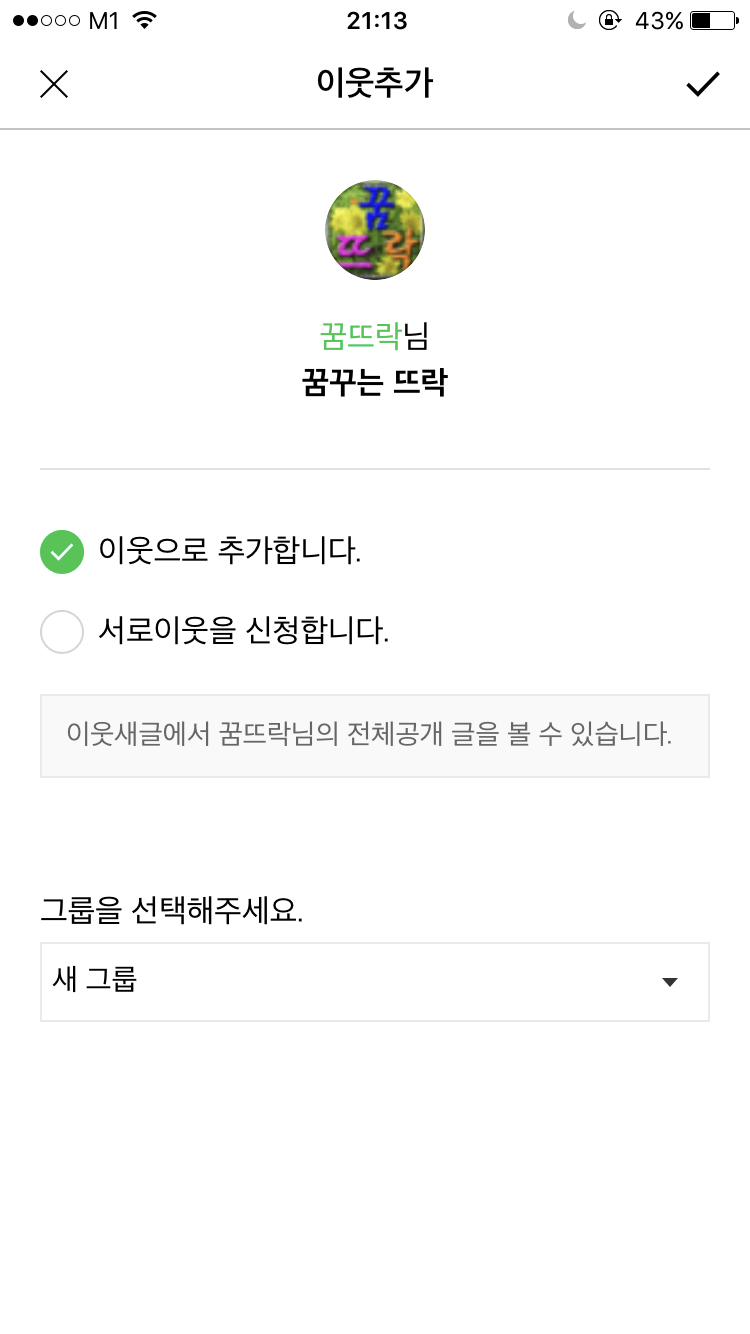
Click on 다음, which means “next”, to confirm the first step. Another pop-up will appear following that:
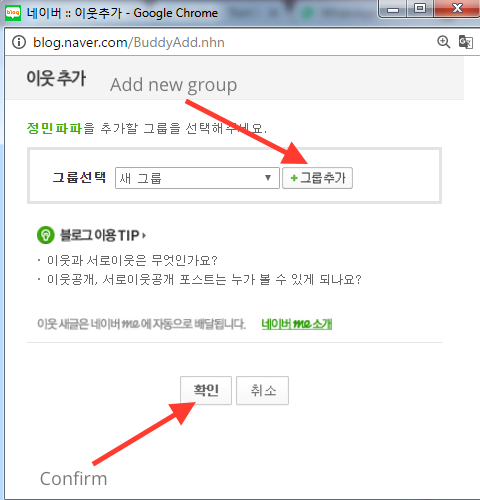
You can add the blogs you’re following to certain groups by clicking on the button beside the drop-down menu + 그룹추가, which means “add group”. Otherwise, just click on 확인, which means “confirm”.
You should see a confirmation pop-up like this:
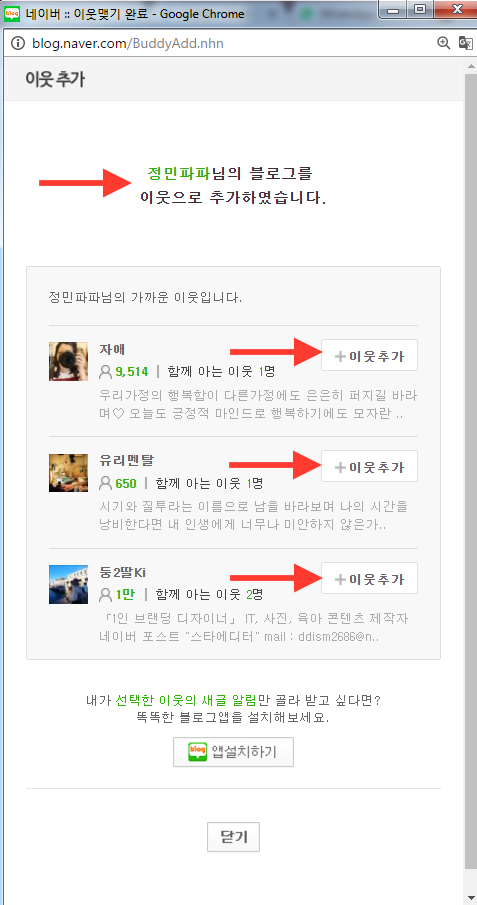
They will recommend you other blogs that are related to your interests based on your choice or just recommended blogs based on some algorithm. Follow those blogs if you’d like, if not, just close the window and you’re done!
4. Reading blog posts and unfollowing
After following those blogs, you can either read them on your desktop/laptop or your smartphone/tablet. The Naver blog app is available on the App Store and Google Play Store and I highly recommend everyone to read using the app! It’s a lot easier to read among the clutter that is the structure of Naver blogs in general. But if you prefer to read it on a desktop/laptop, by all means.
And if you’d like to unfollow any blogs or manage your following, notifications and stuff, you can click on 이웃관리, which means to “manage your neighbours” (so cute, right!).
Anyway, here is what your desktop/laptop view of your blog feed will look like:
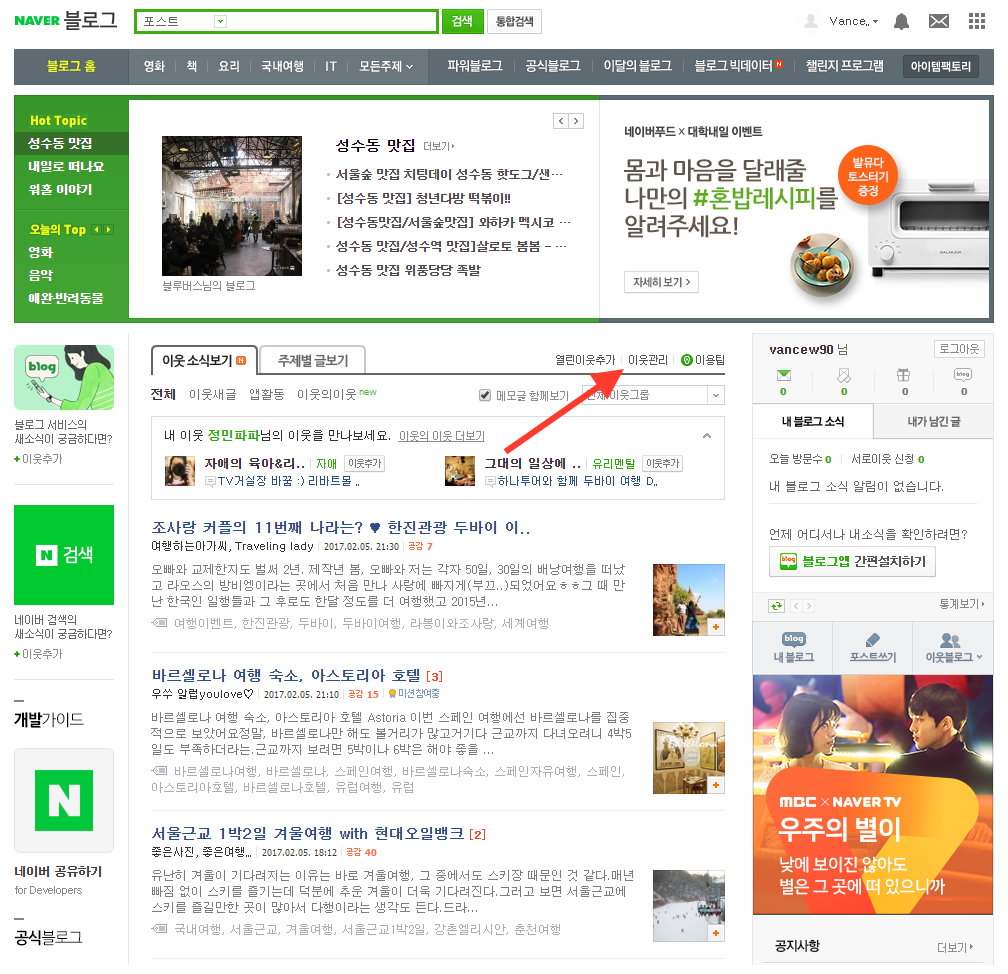
Mobile version looks like this:

And your “neighbour management” page will look like this:

Mobile version looks like this:
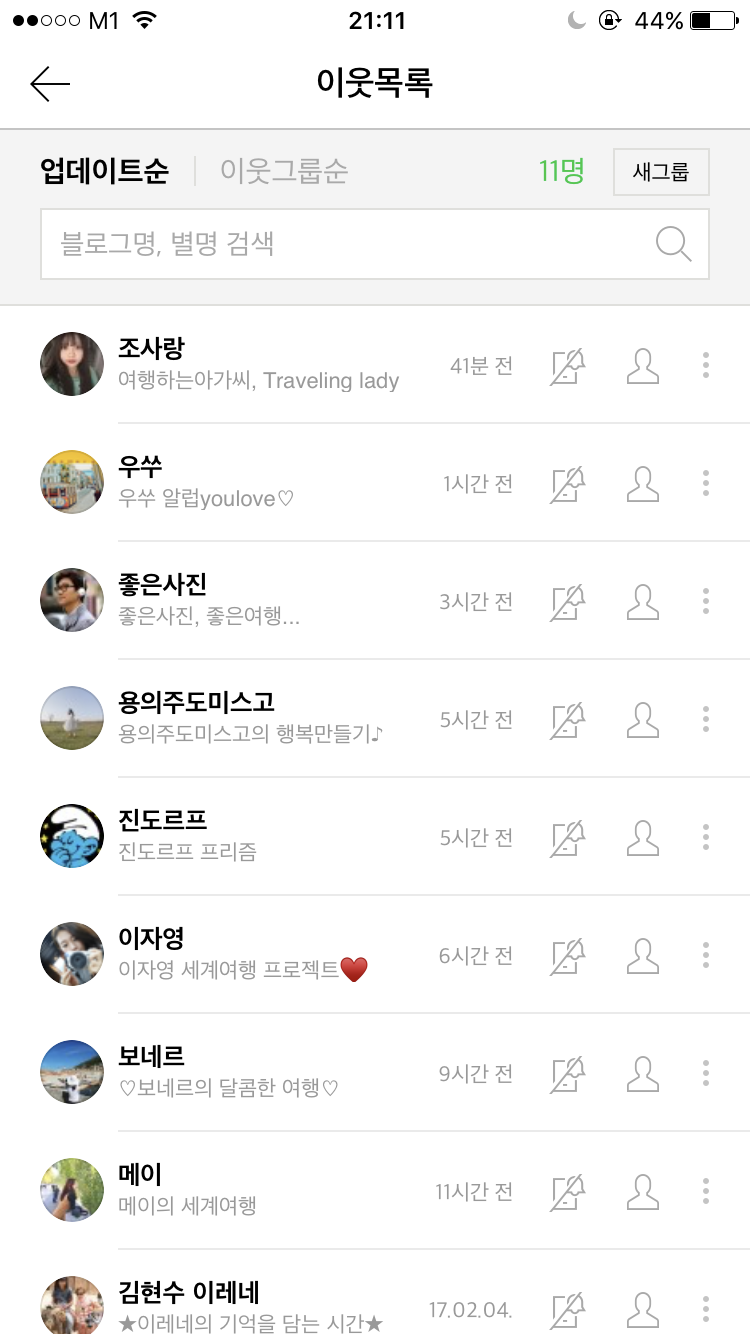
Ending thoughts
There is no hard-and-fast rule to which resource is the best. But I personally like a mix of everything so you won’t be bored of one single method of learning and studying Korean. Think about how you became good at your native language, apply those same rules to learning Korean. It’s exactly the same, it’s just that we often think there’s a shortcut or “secret” to learning languages. There aren’t shortcuts or “secrets”, just various creative and fun ways to learn and get good.
Alright, I’ll leave you to explore the Naver blogs space and enjoy! Until next time, Let’s Study Korean 한국어 공부하자!
Important links
1. Naver blog home page
2. Why reading Naver Webtoons to study Korean is awesome & how to download episodes to smartphone/tablet
3. Sign up for a Naver account
4. Look for the top/most popular blogs of your desired category
5. App Store
6. Google Play Store

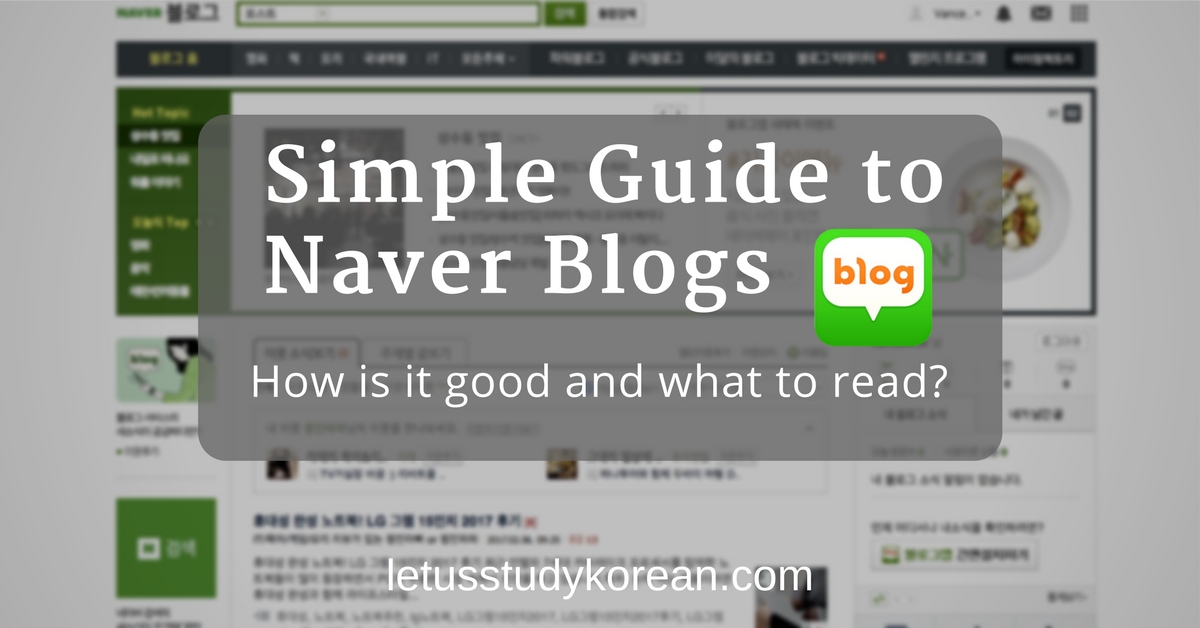
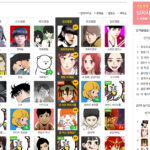
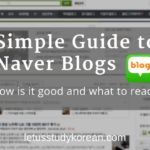


[…] haven’t checked out last month’s, please do give a read. I covered Naver webtoons and Naver blogs, some textbooks and italki in the previous […]
I’ve beewn browsing online more than three hours lately, yet I by no means discovered any fascinating article like
yours. It’s pretty price enough for me. Personally,
if all web owners and bloggers made just right content material as you did, the internet can be much more useful than ever before.
Glad that it helped you 🙂
This was a great guide, thank you.
I was wondering if there0s a way to see the feed of your blogs like you do on twitter or facebook or any social media? I found http://myfeed.naver.com/ but it does not show all posts, only the latest post by each user.
What I’d like is to see a timeline ordered by date.
I believe there’s a way to do it but I’m not sure how…
[…] That’s because reading and writing can be done with virtually almost any resource. Webtoons, Naver Blogs, news articles, children books, textbooks, PDFs, even social media posts. Also, reading and writing […]
I am a Korean, and I entered this page by chance. this post is interesting, I can know a perspective of the foreigners for Naver blog, I actually didn’t know How they think about the platform. Many Koreans tend to use Naver than Google, and blog is especially a good way to find reviews about products, travels, restaurants and food recipes. if you guys want to get some opinions of Korean about specific topics without following people, just search the keyword in the search bar of Naver main page and tap the blog(블로그) on the top menu. It would be better to use Korean, but it is useful. Enjoy!
Thanks for the feedback, HM! 🙂 블로그 방문해주셔서 감사해요! 잘못되거나 어색한 문법이 보이면 언제든 댓글로 알려주세요! 한국인 만나서 너무 반갑네요!
How to setting to english?
The tab to change languages is on your top & left. It offers two languges: English and Korean.
i thought it is a blogging platform lie FC2
Hi, I don’t know what exactly FC2 is. Could you explain it to me?